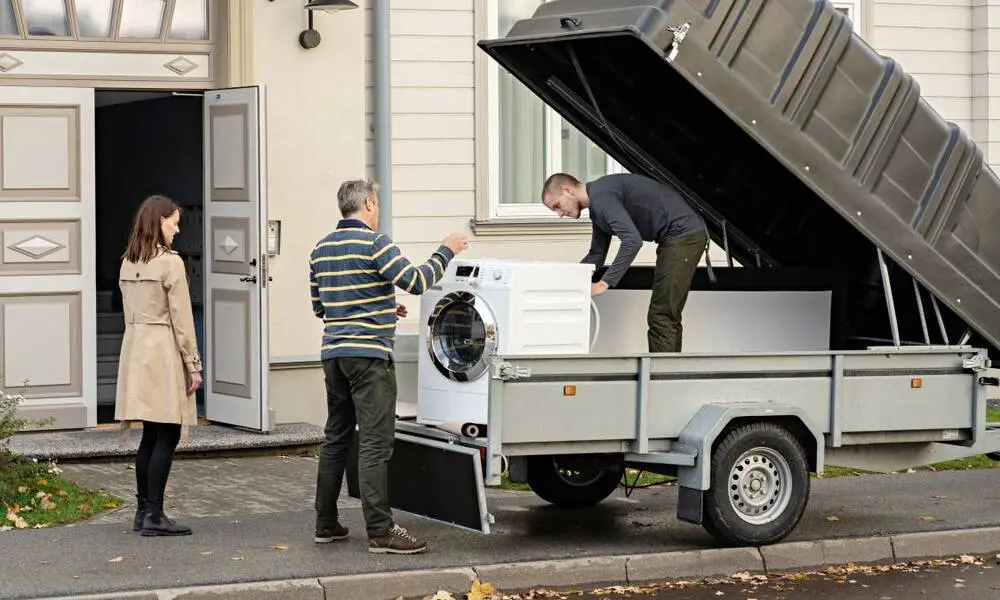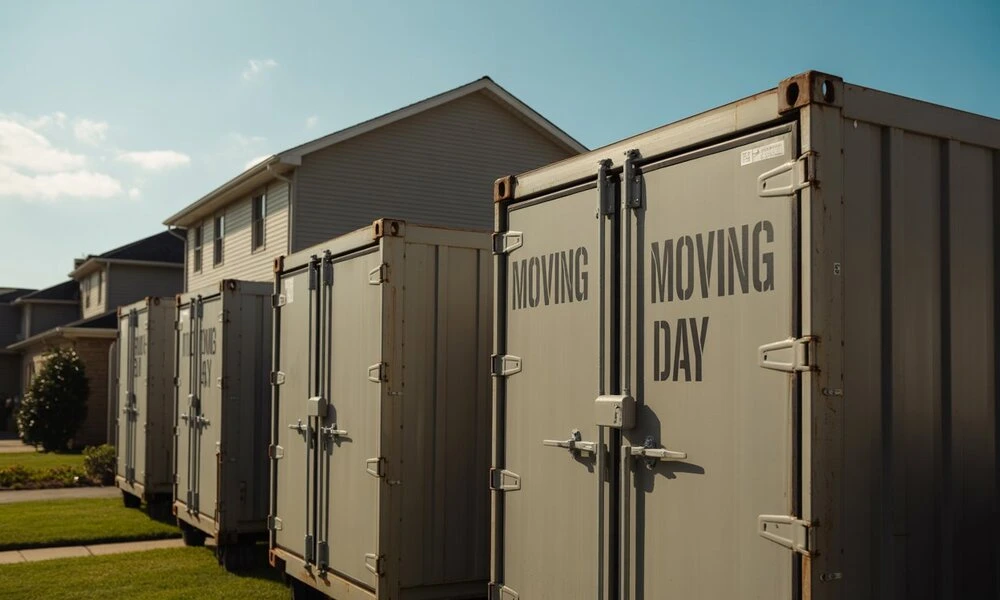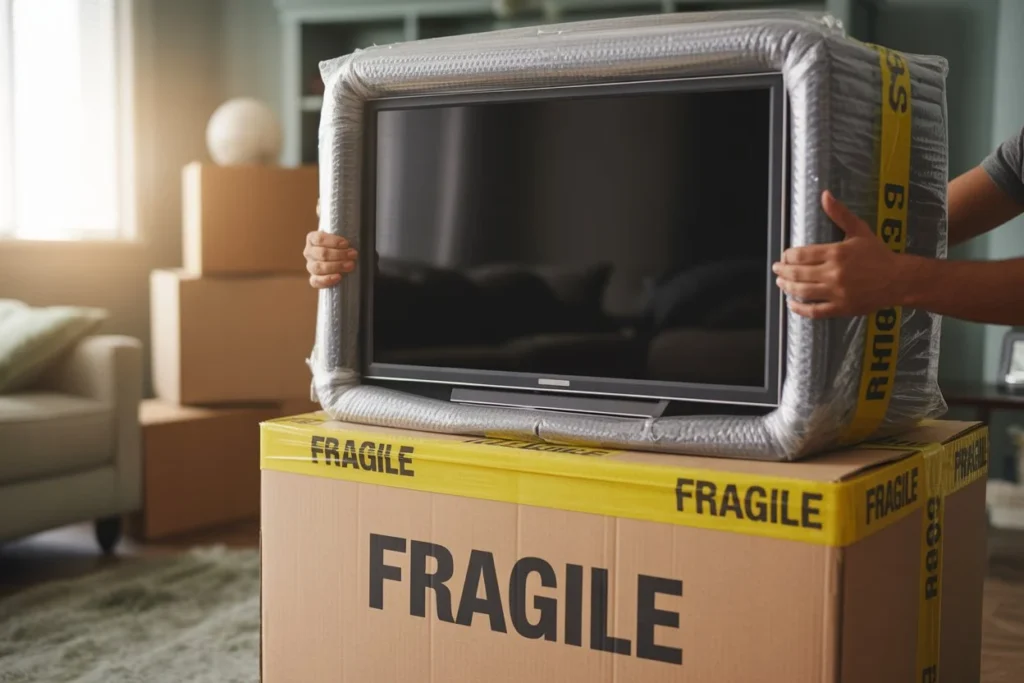How To Make Moving Easier
How to Make Moving Easier starts with knowing that moving doesn’t have to be overwhelming or exhausting. Many people think of relocation as a stressful, time-consuming task, but with the right planning and strategies, you can turn it into a less miserable moving experience. Whether you’re moving across town or across the state, the key is focusing on smart, simple steps that save time, reduce stress, and keep things organized. In this guide, we’ll share practical, proven tips for making moving easier so you can enjoy a smoother transition into your new home without feeling drained. Why Moving Feels Overwhelming Emotional and Physical Challenges Moving is more than just packing boxes and loading a truck it’s a life change that often triggers moving stress and relocation anxiety. Emotionally, it can be hard to leave behind familiar surroundings and adjust to a new environment. Physically, moving is exhausting, with heavy lifting, packing fragile items, and trying to meet tight deadlines all adding to the pressure. The Impact of Poor Planning The stress gets worse when there’s poor planning. Waiting until the last minute, failing to organize belongings, or forgetting important steps can make moving day feel chaotic. This can lead to broken items, lost belongings, and delays that make the process even more stressful. Turning Stress Into a Smooth Move The good news is that the right strategies can turn a stressful move into a smooth process. Breaking tasks into smaller steps, staying organized, and using proven packing and moving tips will keep stress levels low. This allows you to focus on the excitement of settling into your new home instead of feeling drained. You may read How Far In Advance To Book Movers? 70 Easy Moving Tips for a Less Miserable Move Moving can be stressful, but with the right approach, it becomes manageable and even smooth.Here’s a complete list of easy moving tips to make your next move more organized, faster, and less stressful. 1. Start Planning Early Begin planning at least 4–6 weeks before your move. An early plan is the easy way moving without last-minute chaos. 2. Create a Moving Checklist Using a checklist helps you stay organized and makes sure you don’t overlook anything crucial. It’s key to making moving easier. 3. Declutter Before Packing Donate, sell, or throw away items you don’t need. This makes for a less miserable moving experience. 4. Pack Room-by-Room Concentrating on a single room at a time expedites the unpacking process and prevents item mixing. 5. Use Quality Packing Supplies Packing tape, bubble wrap, and sturdy boxes guard against damage while in transit. 6. Label Every Box Put a brief description of the contents and the room name on the boxes. This is one of the easy moving tips for fast unpacking. 7. Pack Essentials Separately For convenience, keep daily necessities like clothing, chargers, and toiletries in a different bag. 8. Take Photos of Electronics Snap a picture of cable setups before unplugging so you can easily reconnect them later. 9. Protect Fragile Items For protection, wrap breakables, glasses, and plates in packing paper or bubble wrap. 10. Use Small Boxes for Heavy Items Books, tools, and other heavy things are easier to carry in small boxes. 11. Pack Clothes in Suitcases Suitcases have wheels, making it the easy way moving your wardrobe. 12. Use Trash Bags for Hanging Clothes Tie trash bags around groups of hanging clothes for quick packing and unpacking. 13. Color-Code Boxes Assign each room a color and mark boxes with that color for fast sorting. 14. Keep Hardware in Labeled Bags Store screws, bolts, and small parts in ziplock bags labeled with the furniture name. 15. Use Towels & Blankets for Padding Soft items can protect furniture and save money on bubble wrap. 16. Wrap Drawers with Plastic Wrap Leave lightweight items in drawers and secure them with plastic wrap. 17. Defrost and Clean the Fridge Do this 24 hours before moving to avoid leaks and odors. 18. Keep Important Documents Handy Passports, contracts, and IDs should be packed separately in a safe spot. 19. Arrange Childcare for Moving Day Kids are safer and happier away from the moving chaos. 20. Take Measurements Before Moving Ensure large furniture fits through doorways and hallways before moving day. 21. Protect Floors and Walls Use floor runners or cardboard to avoid scratches and damage. 22. Disassemble Large Furniture Take apart beds, desks, and shelving for easier transport. 23. Use Original Boxes for Electronics If you kept the original packaging, it’s the safest way to move electronics. 24. Keep Cleaning Supplies Out You’ll need them for last-minute cleaning at both old and new homes. 25. Schedule Utilities in Advance Arrange electricity, water, and internet connections before moving in. 26. Don’t Overpack Boxes Heavy boxes are harder to lift and more likely to break. 27. Move Valuables Yourself Jewelry, heirlooms, and fragile keepsakes should travel with you. 28. Use a Moving Binder Keep all contracts, receipts, and checklists in one place. 29. Ask for Help Early Moving can be made less unpleasant by friends, family, or movers. 30. Use Plastic Bins for Storage Items Clear bins let you see what’s inside without opening them. 31. Pack Seasonal Items First Pack things you won’t need until after the move to save time. 32. Store Liquids in Sealed Bags Prevent spills by sealing cleaning products and toiletries in plastic bags. 33. Keep Snacks & Drinks Handy Moving takes energy—snacks keep you going without breaks. 34. Use Rolling Carts Perfect for moving heavy boxes short distances. 35. Keep Pets Safe Arrange for pets to stay with a friend or in a pet daycare on moving day. 36. Photograph Your Old Home Helps with rental deposits or proving pre-move condition. 37. Set Aside a “First Day” Box Fill it with essentials like bedding, plates, and toiletries for the first night. 38. Protect Corners with Cardboard Cardboard corner guards prevent dents during moving. 39. Keep Tools Handy You’ll need screwdrivers, hammers, and other tools











